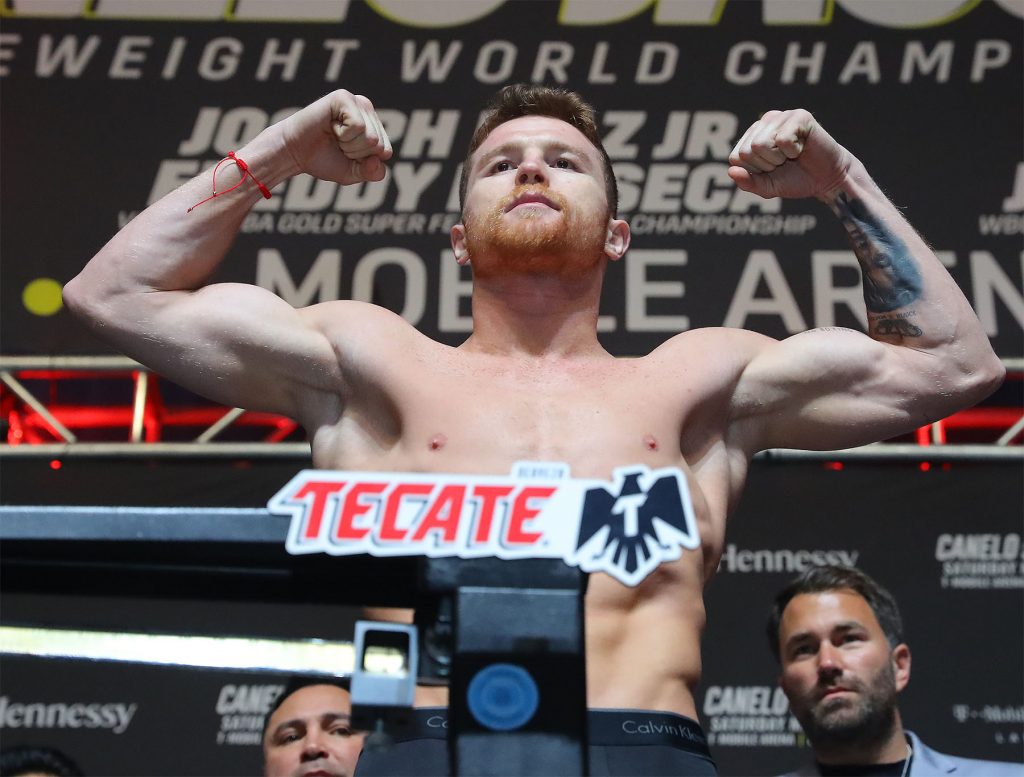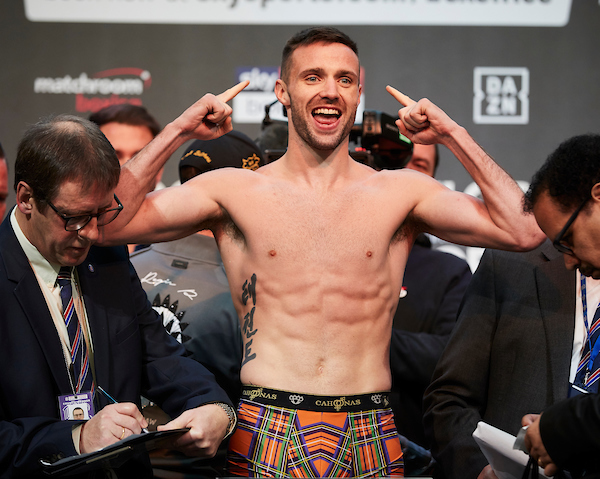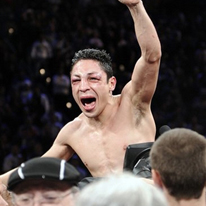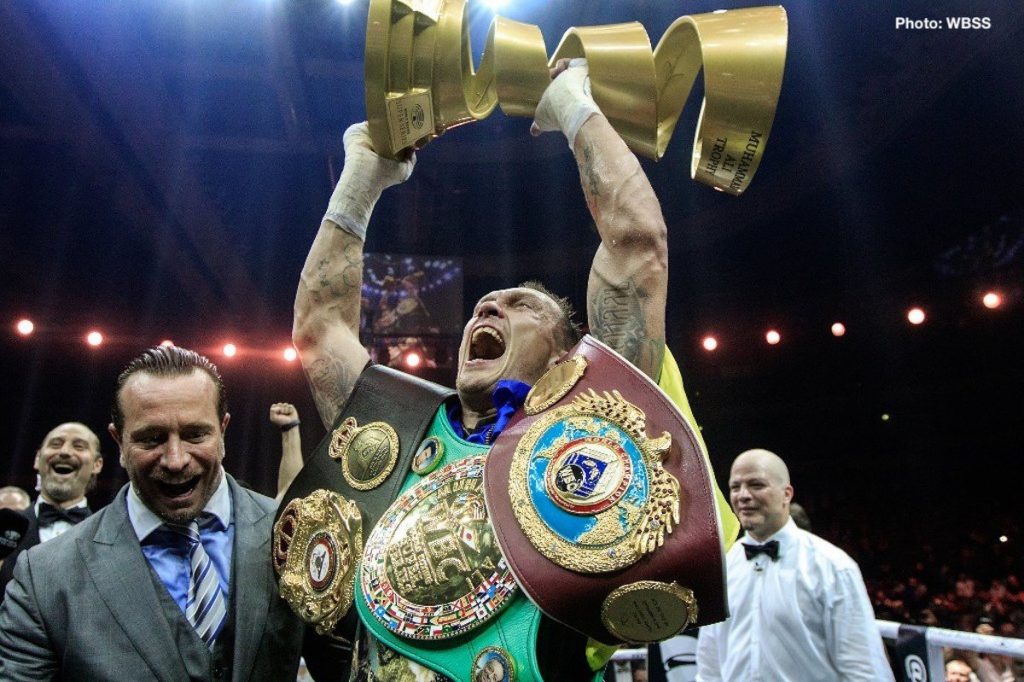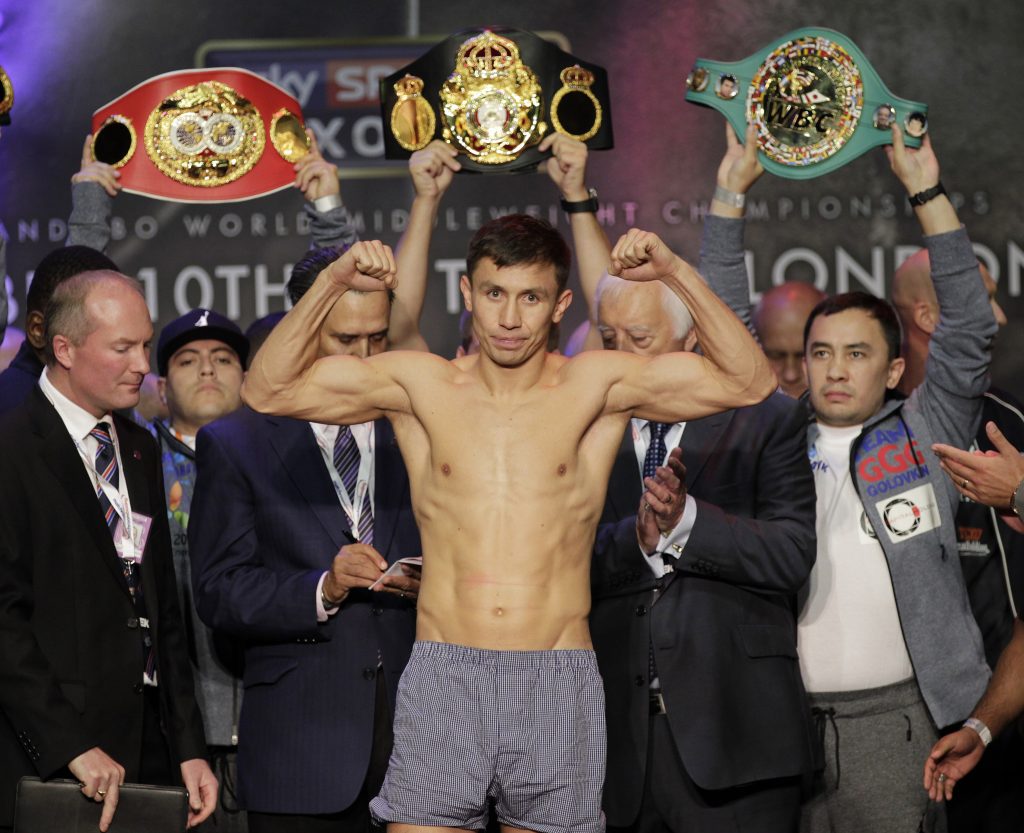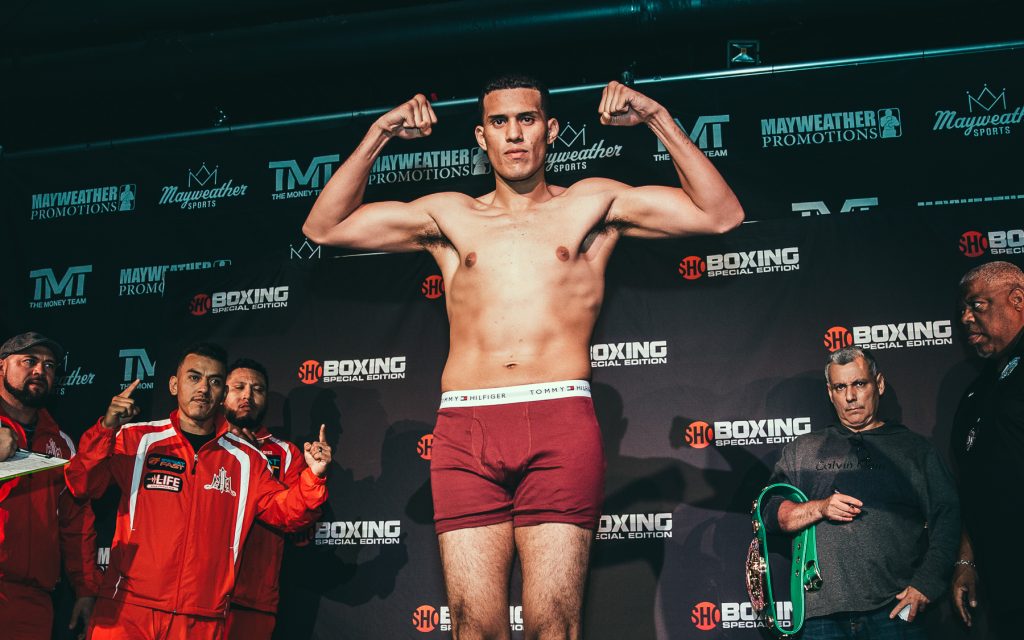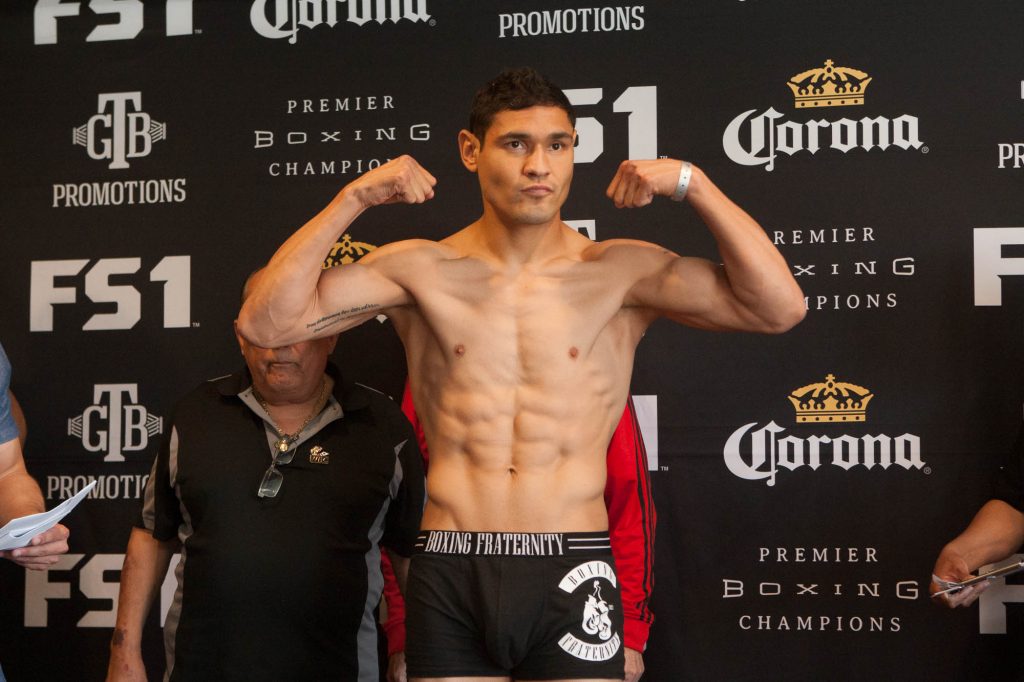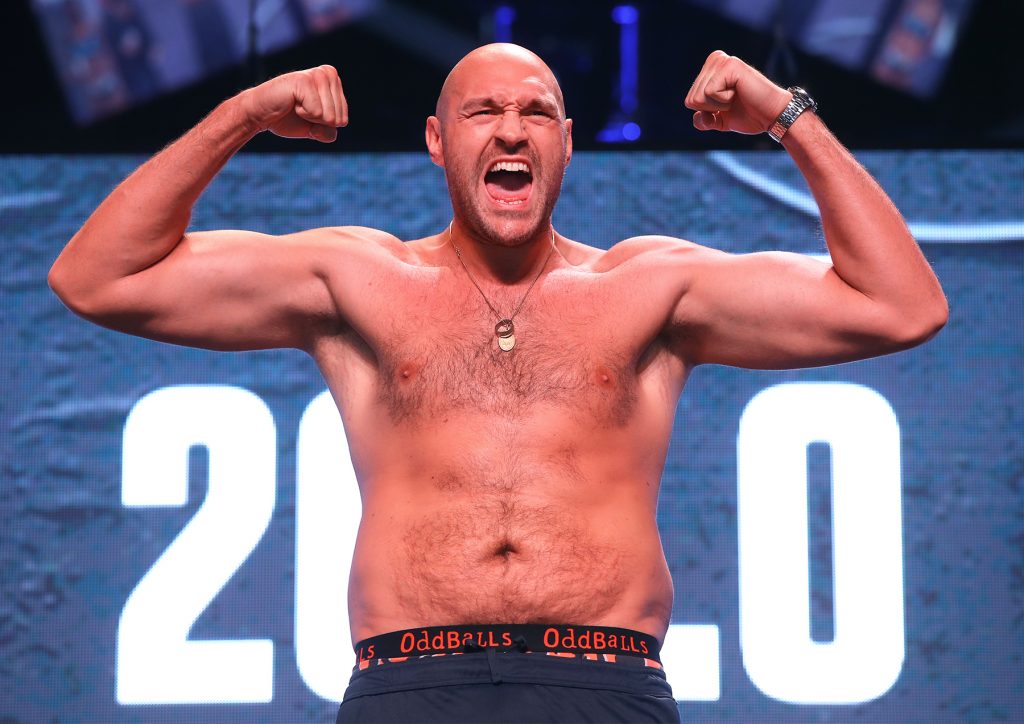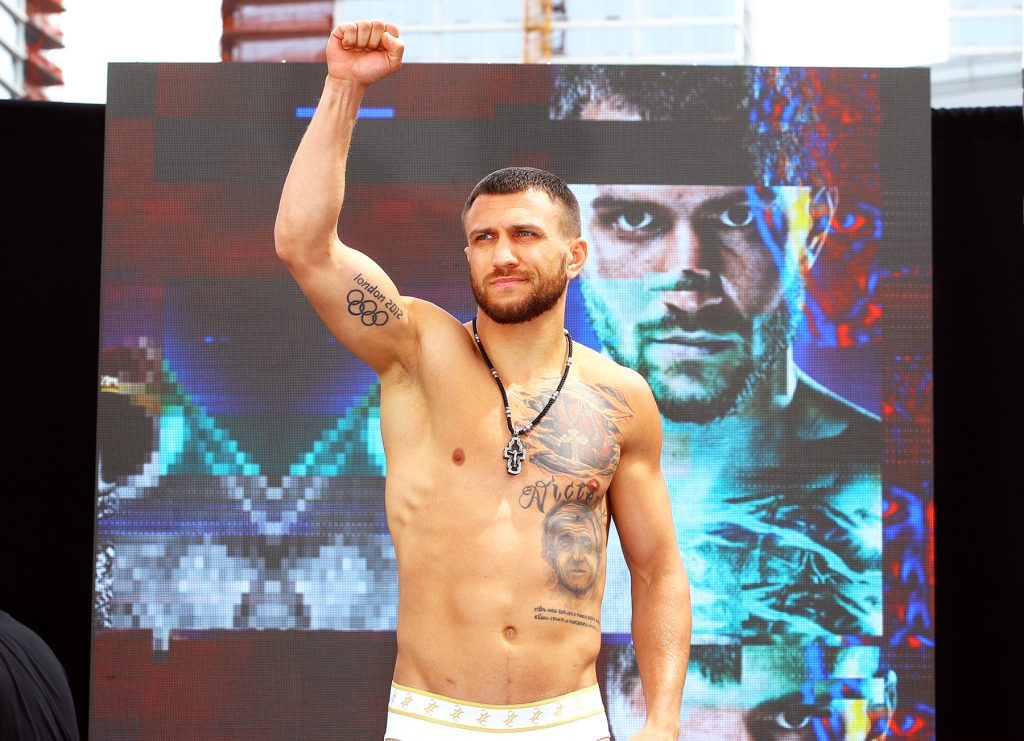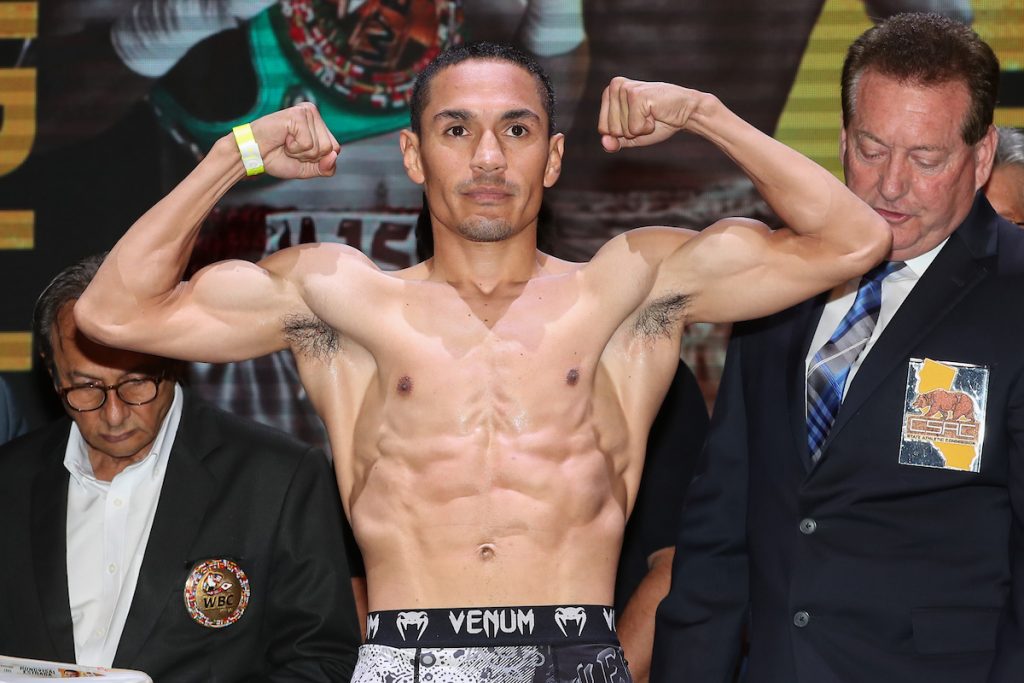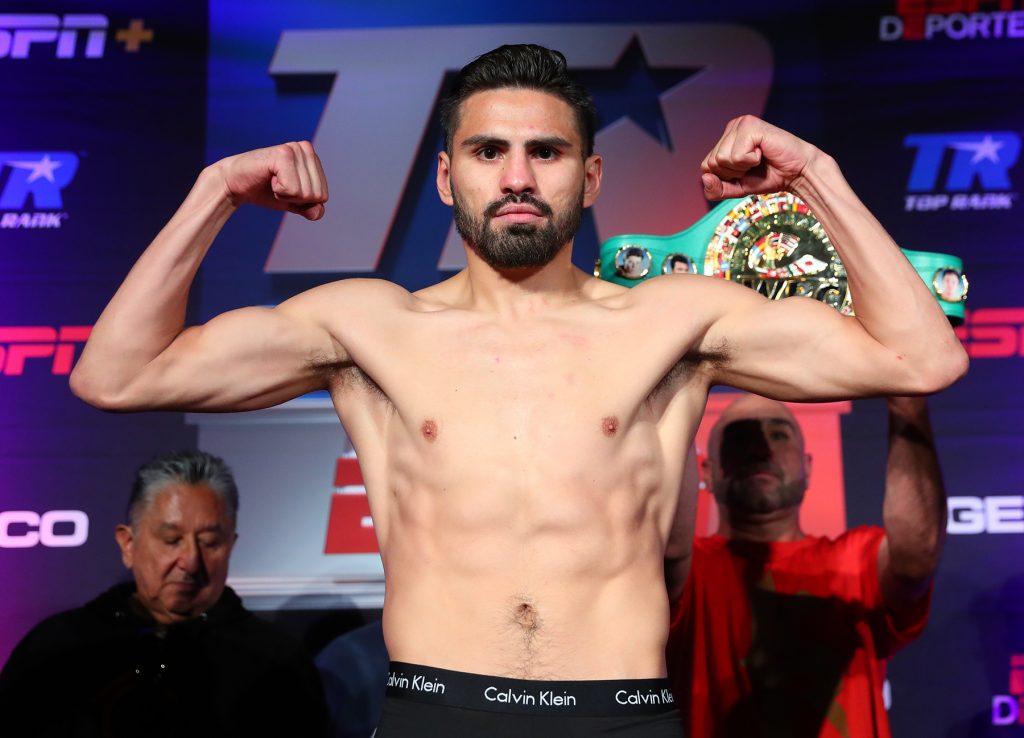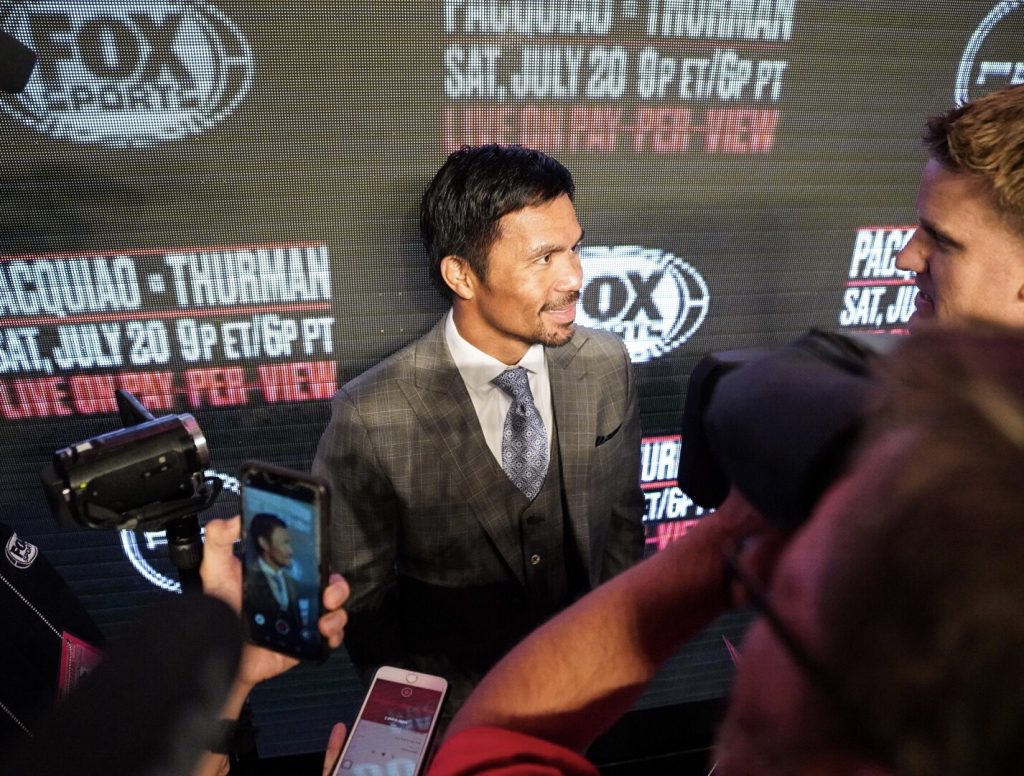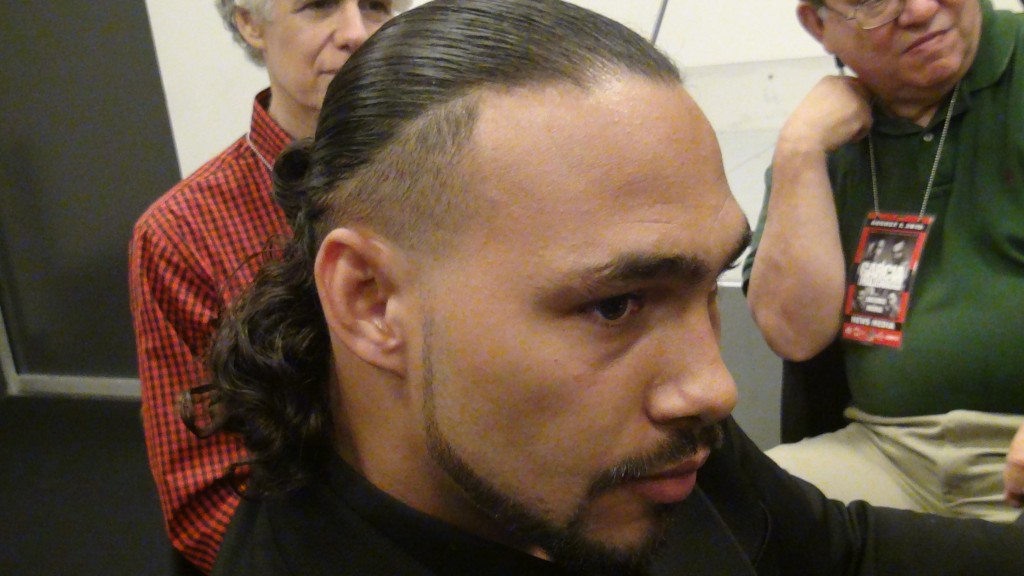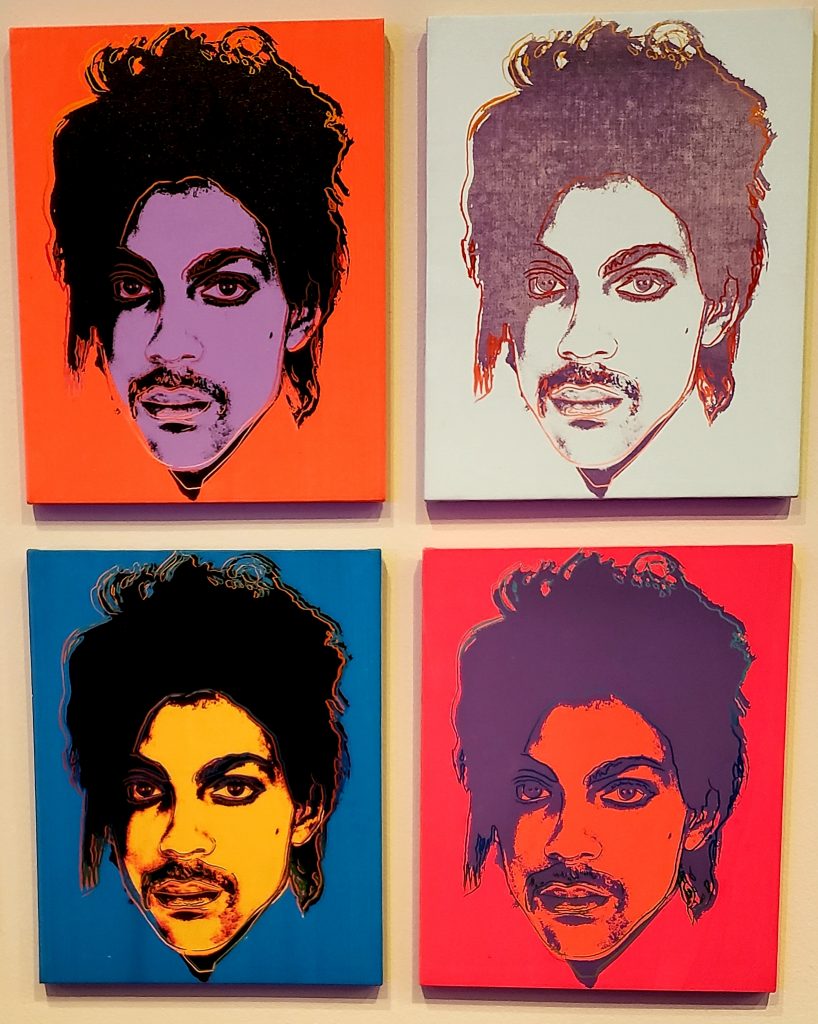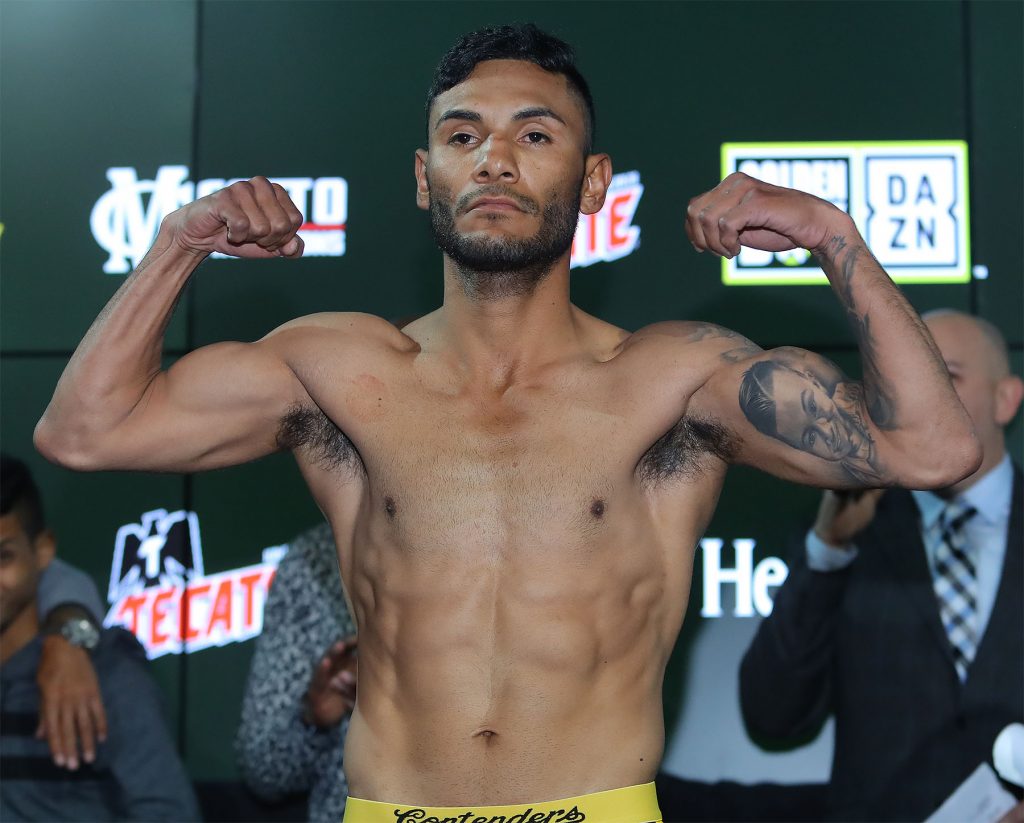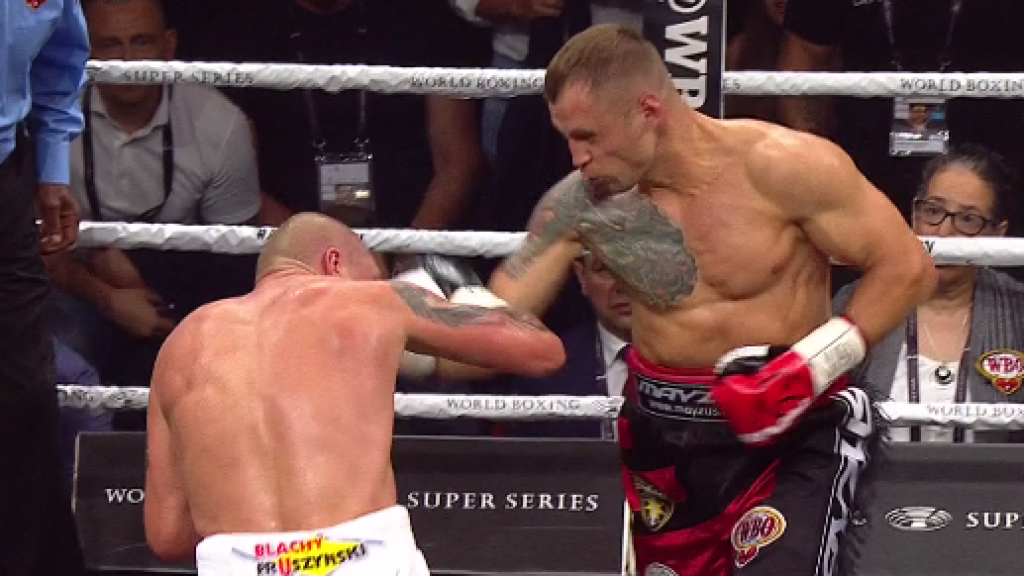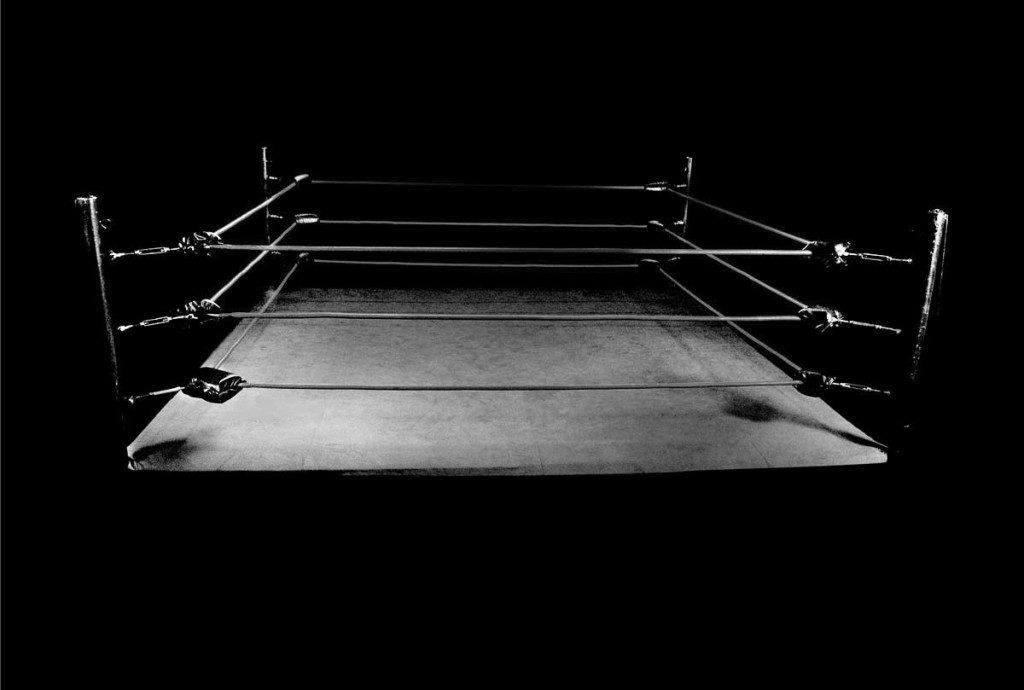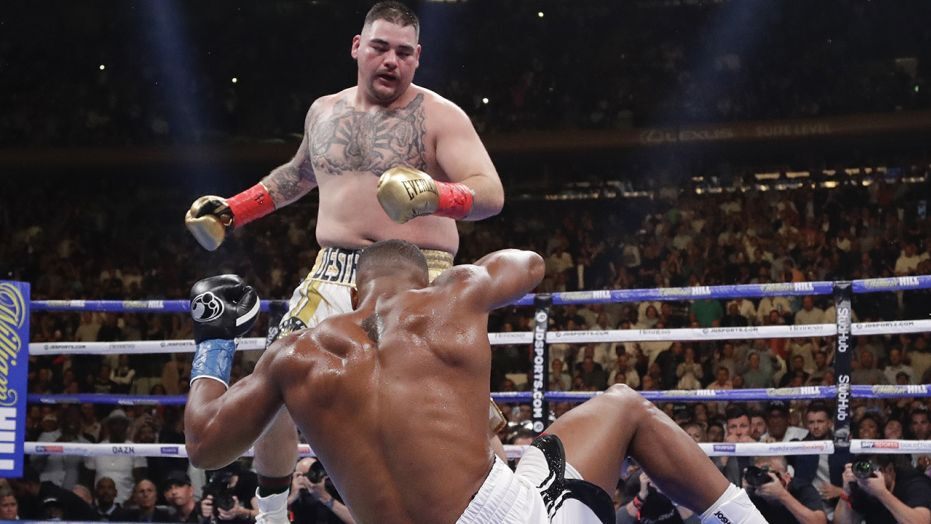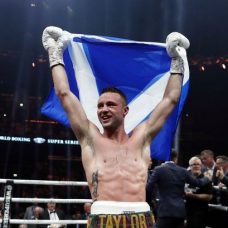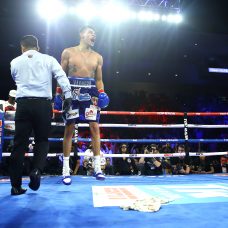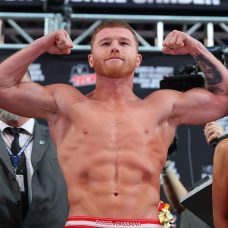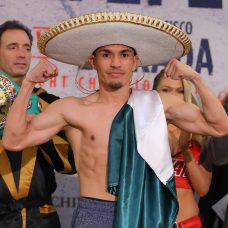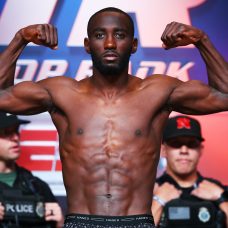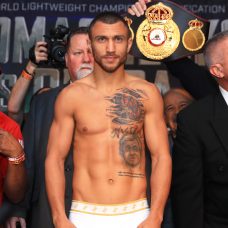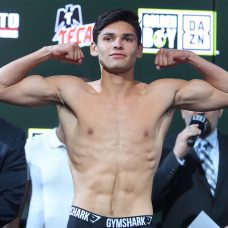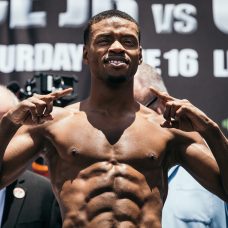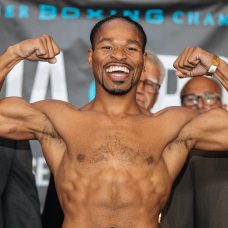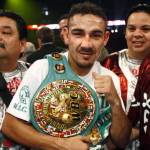Good as it gets
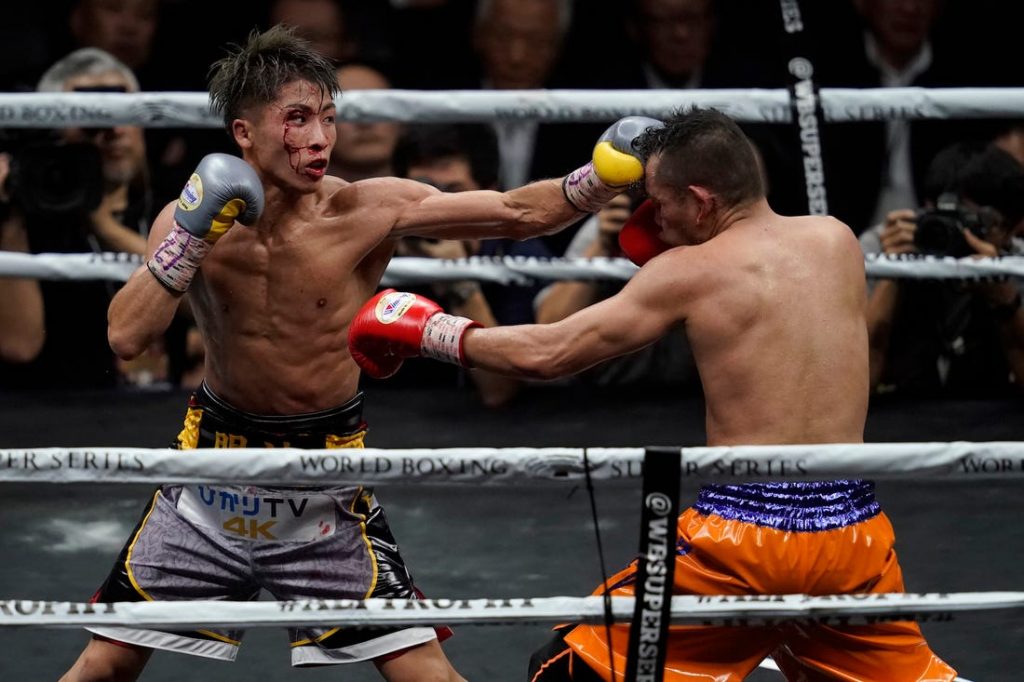
By Bart Barry-
Thursday at Super Arena not far from Tokyo, Japan’s
Naoya “The Monster” Inoue decisioned “The Filipino Flash” Nonito Donaire to win
WBSS’ bantamweight tournament in a fight that saw the loser dropped by a liver
shot and the winner later treated for a cracked face.
It was splendid, gorgeous, a Thanksgiving-month reminder
to be grateful. One can leave
of-the-year superlatives to others and say this 2019 match is the one any
aficionado should rewatch first. This
was the match to show kids who wonder if boxing retains qualities they’ve heard
grandfathers conspire about.
It had class, courage, class, drama, class,
suspense, class, blood, class, concussion, class, bonebreaking, class, violence,
class, violence and class. It didn’t
make its predecessors or successors worth their suffering because it was an
island, a tribute unto itself of what prizefighting looks like at its very
best. Notice: It wasn’t horrorflick gory
or WWE paced or Boardwalk Hall thunderstriking – it was proper prizefighting in
a way as recognizable to Benny Leonard as Floyd Mayweather.
Inoue sought and encountered his foil in a way
none of his peers has done. We now know
he could’ve signed with Top Rank and fought ESPN prelims till 2021 but
self-entered a single-elimination tourney instead to test himself three
weightclasses higher than his debut scaling.
That’s what a pursuit of greatness looks like. No cherrypicking, no ask-my-managering, no thank-God-and-Al-Haymoning;
rather, I will fight whosoever draws me and I will annihilate him.
And at tourney start Nonito did not look that part,
as the bracket configuration appeared prohibitive to Filipino Flash. Three rounds into WBSS’ first round Donaire
looked outclassed enough by Irishman Ryan Burnett to be involuntarily retired before
three, 120-108 scores got read in Scotland.
Then Burnett suffered a freak back injury Donaire had nothing to do
with, and Nonito was on to the semifinals where he blasted an anonymous
shortnotice sub. All the while Inoue
stomped to the finals in a series of exertions better captured by punches-needed
than minutes or rounds.
I was ringside for Inoue’s only American tilt, two
years ago, and I did not see anything to make me anticipate the ease with which
Inoue’d go through Juan Carlos Payano and Emmanuel Rodriguez. This year I went from admiring Inoue’s
character for signing with WBSS to quietly ranking him above Bud, Hi-Tech and
Canelo. I expected him to blitz Donaire
and bring a mercy stoppage early, definitely before the fight’s mid rounds. Too fast, too strong, too technically sound
for a 37-year-old returned in 2018 to a division he outgrew in 2011.
But did I remember July 7, 2007, in my
assessment? Damn right I did.
That extraordinary lefthook against an onrushing
and sadistic savant, Vic Darchinyan, who’d humiliated Nonito’s older brother, Glenn,
then put Victor Burgos in a coma in the two fights that preceded his intended
wasting of Nonito. Darchinyan’s
signature charge embraced contemptuous entitlement more than strategy, fists not
just waistlow but cocked, when Nonito clipped him and changed both their careers.
True an eraser as exists in our beloved sport,
that Donaire lefthook. It erased
everything we predicted on Thursday, no?
It flew in round 1 but got outsped by Inoue’s own eraser, the same way
everything Donaire did most of the fight got outsped by what Inoue did, but in
round 2 it did something wicked. It
gifted The Monster with a monstrous gash, concussion and facial fracture.
We hadn’t before Thursday an inkling how Inoue
might react to such trauma and hadn’t much more of an inkling immediately after
it happened; Inoue’s composure revealed that his brow had been sliced, not that
his cheek had been cracked. In
retrospect and upon review, what is most beautiful about the rounds that
followed is how close the men stood to one another without wasted motion. No twitching, no hotfooting; Donaire and
Inoue stood inside their arms’ lengths and threw punches at one another.
Donaire knew how good Inoue was, and Donaire gave
him everything he had left. Inoue did
not know how good Donaire’s chin was, none of us did, frankly, and went after
him imprudently on several occasions but none so predatorily as after blackmatting
Donaire with a precise buttonshot 90 seconds in the championship rounds. Donaire circled desperately as any man with a
vital organ under direct attack. Inoue
hunted him with punches fundamentally flawless and a defense that was not.
After 30 seconds of being a prey Donaire let sail
a lefthook that braked Inoue’s engine for their fight’s final four minutes. If Inoue knew a man is never more dangerous
than when hurt he didn’t feel it till 1:54 of round 11 of the WBSS Final – a
punch he will not forget. Done were
Inoue’s leads; nearly every punch he threw after that Donaire lefthook got
preceded by a jab, the way you learn your first week in a boxing gym. If the match’s final round was anticlimactic
it was because the match climaxed four minutes before its closing bell when
both men realized they’d given enough of themselves and enough to one another.
I watched Thursday’s WBSS Final on short rest and 12
hours after an
unsettling adventure with stroboscopic LEDs, so I may be an unreliable narrator,
but Inoue-Donaire was complete a prizefight as I’ve seen in many years. Bless them both.
*
Editor’s note: This column will return in December.
*
Bart Barry can be reached via Twitter @bartbarry
